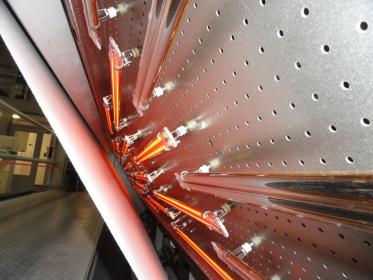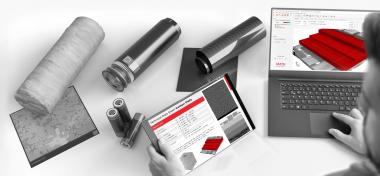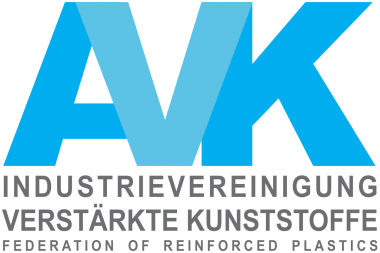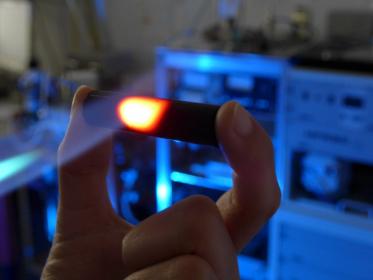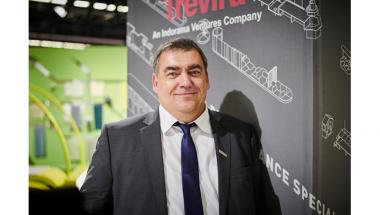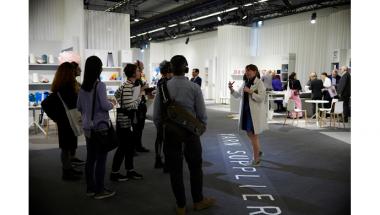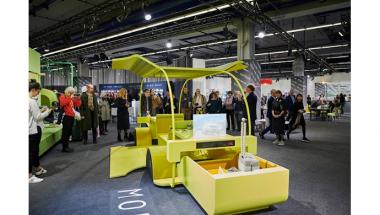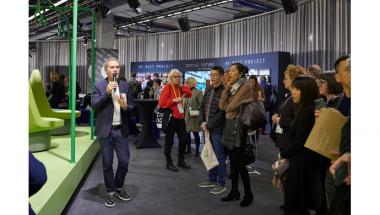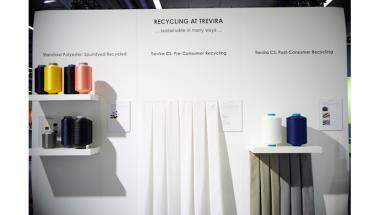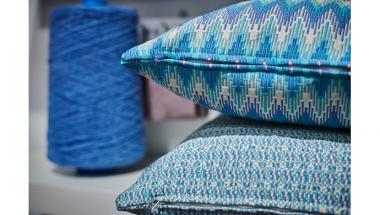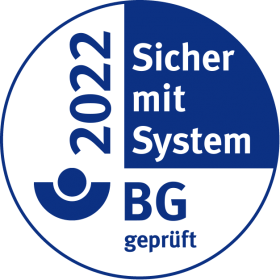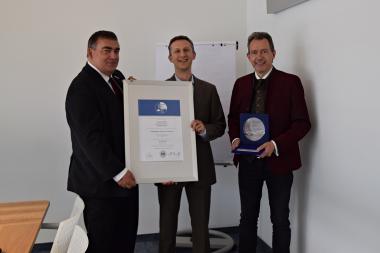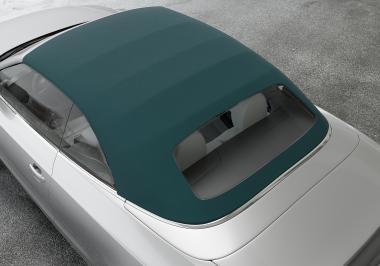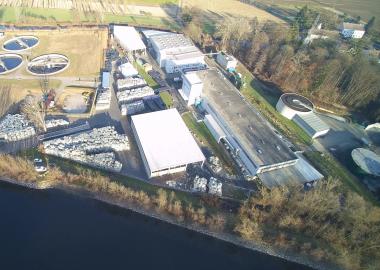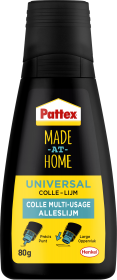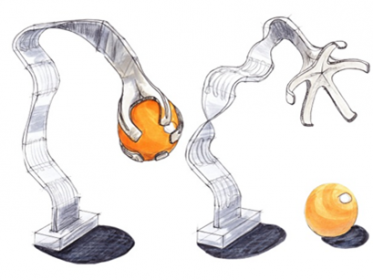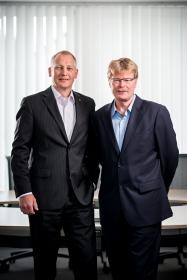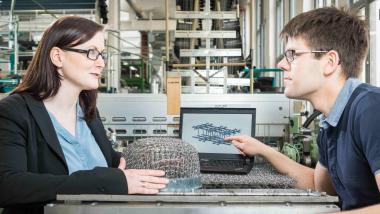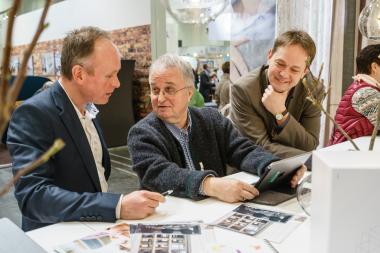AVK-Innovationspreis 2021 - Ausschreibung startet
- Die AVK prämiert Innovationen im Bereich Faserverstärkte Kunststoffe (FVK) / Composites
Die AVK - Industrievereinigung Verstärkte Kunststoffe e.V. bittet um Bewerbungen zum renommierten AVK Innovationspreis 2021 für den Bereich Faserverstärkte Kunststoffe (FVK) / Composites in folgenden Kategorien:
• Innovative Produkte/Bauteile bzw. Anwendungen
• Innovative Prozesse bzw. Verfahren
• Forschung und Wissenschaft
Ein Ziel des Innovationspreises ist die Förderung neuer Produkte/Bauteile bzw. Anwendungen aus faserverstärkten Kunststoffen (FVK) sowie die Förderung neuer Verfahren bzw. Prozesse zur Herstellung dieser FVK-Produkte. Ein weiterer Preis geht an Universitäten, Hochschulen und Institute für herausragende wissenschaftliche Arbeiten in Forschung und Wissenschaft. In allen Kategorien wird besonderer Wert auf das Thema „Nachhaltigkeit“ gelegt. Ein wichtiges Ziel ist es, die Innovationen sowie die dahinterstehenden Firmen/Institutionen auszuzeichnen und so die Leistungsfähigkeit der gesamten Composites-Industrie öffentlichkeitswirksam darzustellen. Bewertet werden die Einreichungen von einer hochkarätigen Jury von Experten aus dem Composites-Bereich.
Der Einsendeschluss für die Bewerbungsunterlagen ist der 16. April 2021. Nähere Angaben und Bewertungskriterien finden Sie unter: https://www.avk-tv.de/innovationaward.php. Die Preisverleihung findet im Herbst 2021 statt.
AVK - Industrievereinigung Verstärkte Kunststoffe e. V. faserverstärkte Kunststoffe AVK-Innovationspreis
AVK - Industrievereinigung Verstärkte Kunststoffe e. V.





